Discover the Easiest Peppers to Grow in Your Garden: From Mild to Spicy
Growing peppers is a fun way to spice things up in your kitchen—pun intended. Pairing a pepper garden with a herb garden opens up a massive range of possibilities for dishes and other things to create in your kitchen, such as preserves, pickles, and jams.
This blog post focuses on the easiest peppers to grow in your garden, ranging from the mildest to the spiciest. We will cover the basics, providing you with a good understanding of what you need to ensure your peppers thrive in your garden.

1. Sweet Bell Peppers:
Sweet Bell Peppers are an excellent choice for beginners, available in various colors such as green, red, and yellow, and thriving in full sun with well-drained soil. When establishing your pepper bed, choose a sunny spot with well-draining soil. Whether you opt for young plants from a reputable nursery or start from seeds indoors before the last frost, ensure confident growth by transplanting seedlings when they exhibit a few sets of true leaves, maintaining proper spacing, and consistently watering so your peppers grow full and flavorful!

2. Banana Peppers:
Banana Peppers have a mild and slightly sweet flavor with a tinge of heat, offering a gentle kick to dishes without overwhelming the taste buds. They are perfect for fresh salads, sandwiches, and pickled relishes. To cultivate Banana Peppers successfully, ensure they have a sunny spot, well-drained soil, and receive consistent watering. If you're seeking something a bit more intense, keep reading!
3. Cayenne Peppers:
Cayenne peppers are known for their moderate heat, which makes them the best choice for those who enjoy a bit of spiciness without overwhelming heat. To successfully cultivate cayenne peppers, start by planting seeds in warm temperatures and providing a sunny spot with well-drained soil. These peppers thrive in hot weather, making them ideal for regions with high temperatures. As they grow, consider using row covers to shield young plants from fluctuating nighttime temperatures.

4. Thai Peppers:
Now we move to the real spicy peppers! Thai Peppers pack a punch of spiciness in every bite. Thai peppers prefer tropical environments to grow, which is why they are better sown indoors and then transplanted to a sunny spot in your garden with well-drained soil. There are many uses for these peppers in ethnic cuisines, from simple to more complex dishes. Thai peppers are an excellent choice for those who enjoy the thrill of spicy foods and a lot of flavor in their meals!
5. Habanero Peppers:
Habanero peppers, known for their intense heat and distinctive fruity flavor, are a bold addition to any pepper garden. These fiery peppers, originating from Central America, require specific care for optimal growth. Plant habanero seeds indoors, as they thrive in warm temperatures, and ensure a long growing season in a location with plenty of sunlight. When transplanting seedlings, be cautious of nighttime temperatures, protecting young plants from any danger of frost. Habaneros tend to flourish in well-drained, loamy soil enriched with organic matter. Regular watering is crucial, especially during hot weather, to maintain soil moisture. As these peppers mature, their vibrant colors transition from green to shades of orange and red.

6. Ghost Peppers:
Grow at your own risk! Ghost Peppers, scientifically known as Bhut Jolokia, are renowned for their fiery heat, ranking among the hottest peppers globally. Originating from India, these peppers boast an impressive Scoville Heat Unit (SHU) rating, often exceeding one million SHUs. The ghost pepper plant is characterized by its bushy appearance, and the peppers themselves start as green before ripening to a vibrant red. Cultivating ghost peppers requires a warm climate, well-drained soil, and adequate sunlight. The surprising thing is that because of how spicy they are, you need to use gloves to handle them. So, unless you are willing to take on a challenge, it's best to stay clear of this kind of hot trouble!
Common Challenges and Solutions
Planting peppers comes with its set of challenges, but with proper care and attention, these issues can be addressed effectively.
Blossom-End Rot:
Challenge: Blossom-end rot, characterized by dark, sunken spots on the fruit's blossom end, can occur due to calcium deficiency or irregular watering.
Solution: Maintain consistent soil moisture by watering regularly and ensure the soil has sufficient calcium. Mulching can help regulate soil moisture.
Pests like Flea Beetles:
Challenge: Flea beetles can damage pepper plants by feeding on leaves, causing small holes and affecting overall plant health.
Solution: Use row covers to protect young plants from flea beetles. Natural predators like ladybugs can also help control their population.
Diseases like Bacterial Leaf Spot and Powdery Mildew:
Challenge: Bacterial leaf spot and powdery mildew can impact pepper plants, leading to leaf damage and reduced yield.
Solution: Use organic fungicides as a preventive measure, practice proper spacing for air circulation, and avoid overhead watering.
Weather Conditions:
Challenge: Peppers are sensitive to extreme weather conditions, especially cold temperatures and frost.
Solution: Plant peppers after the last frost date in your region. Use row covers or other protective measures if a late frost is expected.
Soil Issues:
Challenge: Problems like poor drainage, compacted soil, or nutrient deficiencies can affect pepper plant growth.
Solution: Ensure well-draining soil, amend with organic matter, and provide balanced fertilization to address nutrient deficiencies.
Transplant Shock:
Challenge: Transplanting young pepper plants can lead to transplant shock, affecting their initial growth.
Solution: Harden off seedlings before transplanting by gradually exposing them to outdoor conditions. Water the transplants adequately.
Pests like Aphids:
Challenge: Aphids can infest pepper plants, affecting their growth and transmitting diseases.
Solution: Introduce beneficial insects like ladybugs, or use insecticidal soap to control aphid populations.
Final Thoughts
Notice how the level of skill changes according to the level of spiciness? We go from sweet and easy to spicy and complicated. Growing peppers in your garden can be a fun journey from start to finish, and you can make it as simple or as complicated as you want, depending on what you choose to grow.
Experiment with different heat levels, colors, and flavors to find the perfect peppers for your garden. With a bit of care and attention, you'll soon enjoy a bountiful harvest of homegrown peppers, adding a touch of spice to your culinary adventures."































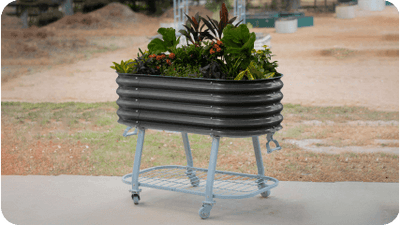









































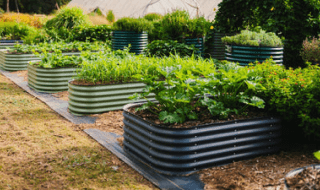
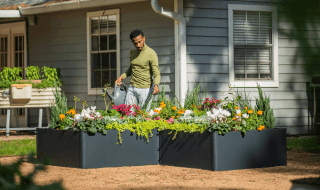
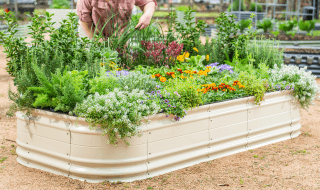
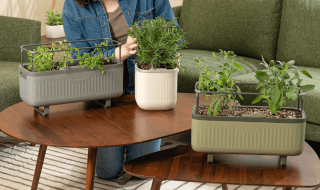
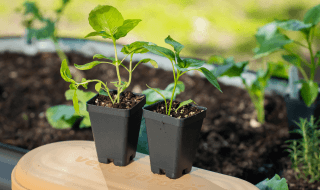
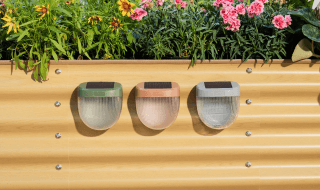
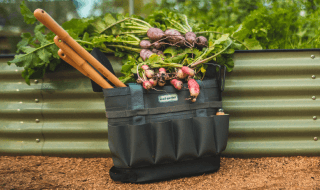
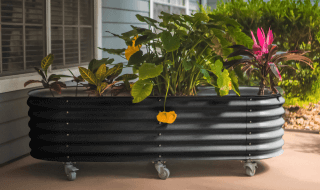







Leave a comment